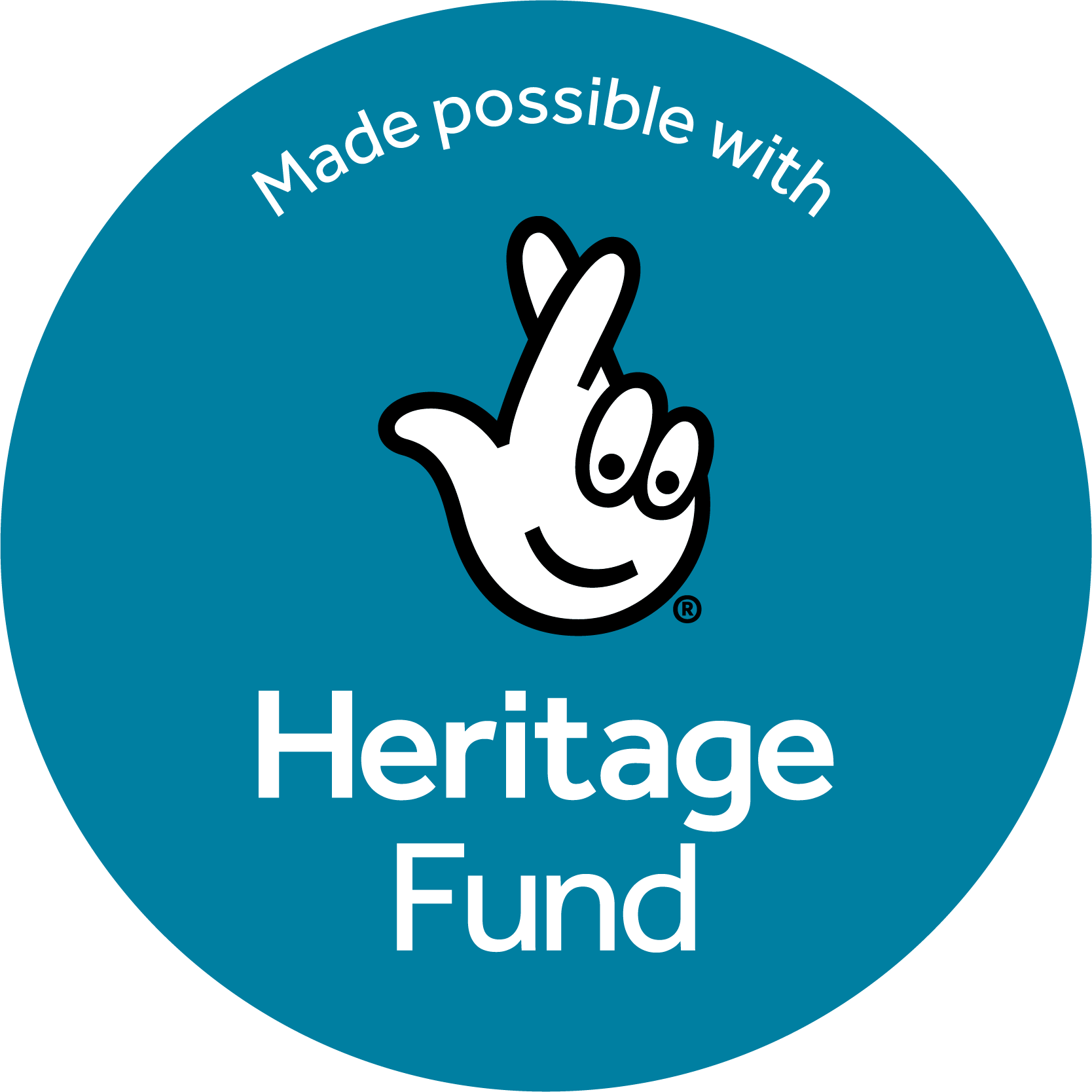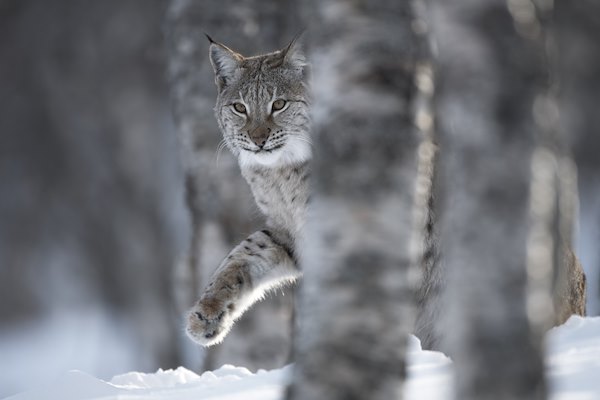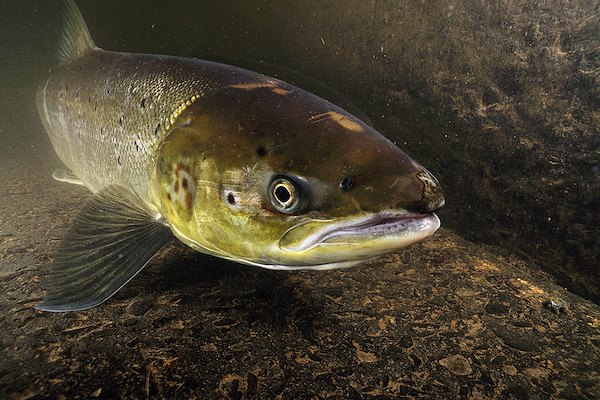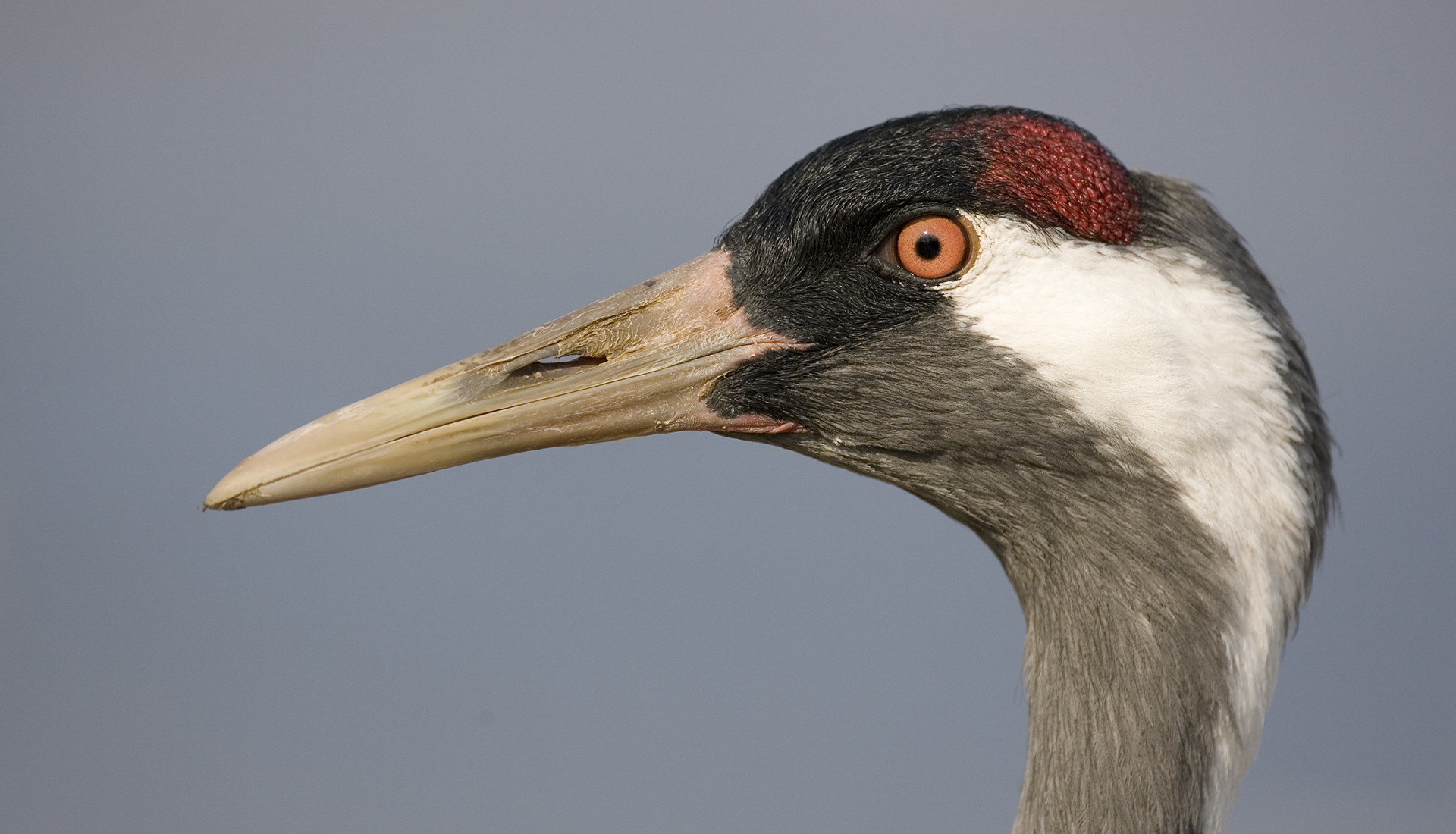
CRANES COMEBACK
IMAGINE WILDLIFE-RICH WETLANDS ECHOING TO THE EVOCATIVE CALL OF CRANES
Standing at more than 1 metre tall with a 2.4 metre wingspan, the Eurasian Crane is an iconic wetland bird, known for its evocative bugling call and mesmerising courtship dance.
Cranes were once widespread across the UK, but became extinct in the late 1500s due to hunting and drainage of their wetland habitat. After a tentative return in the 1970s, population growth was slow for decades until a reintroduction project in south-west England boosted numbers.
Despite the growing crane population elsewhere, there are presently only a handful of breeding pairs in Scotland. It is possible that this isolated population could spread over time, but it would likely take many years without help.
Cranes Comeback seeks to establish a viable breeding population of cranes in Scotland, restoring a missing piece of the country's ecology, encouraging the expansion of life-rich wetlands and creating opportunities for local communities.
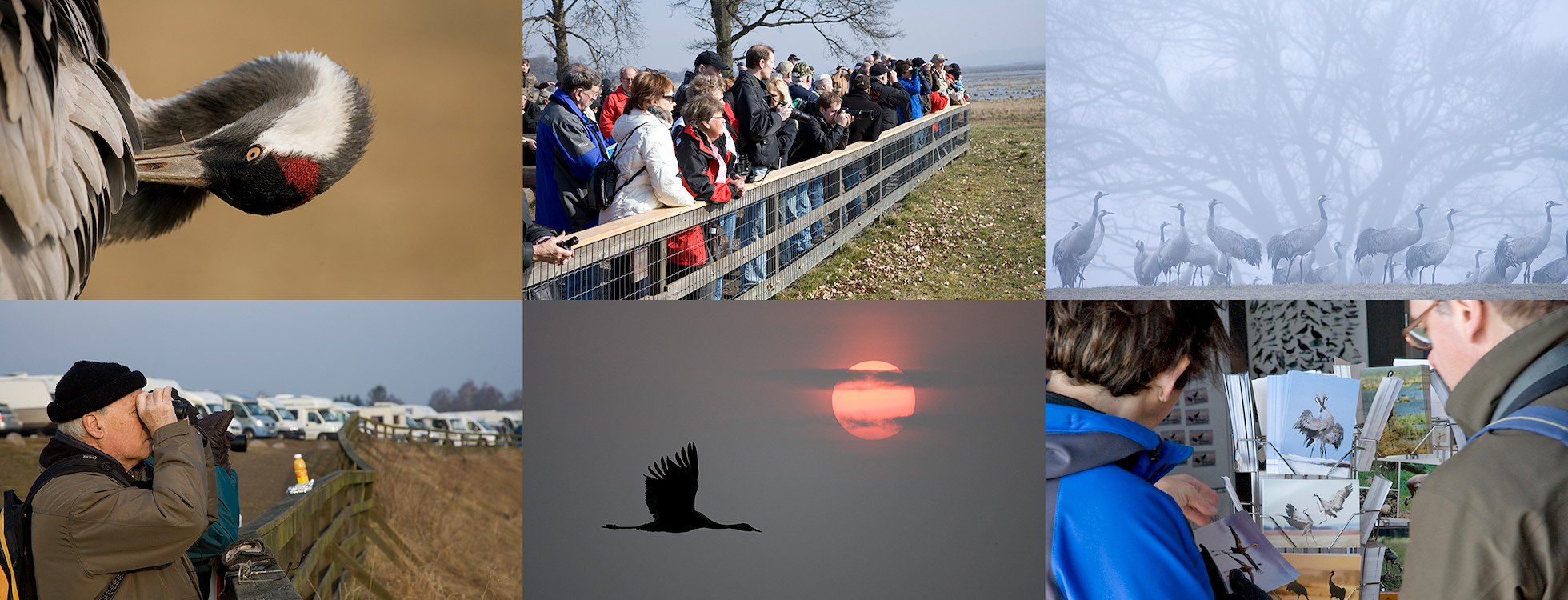
WHY REINTRODUCE CRANES?
- Cranes are part of a complex ecological jigsaw, which over time has lost many of its pieces. Their return will help restore ecological integrity to Scotland's wetlands.
- Protecting and restoring wetlands for cranes will provide additional habitat for key plants, insects and birds, and help to reduce the impact of seasonal flooding and drought.
- Reintroducing cranes will provide a valuable educational opportunity for local schools and communities.
- A breeding population of such visible and audible birds will help boost the local economy by attracting more visitors drawn to a nature-rich landscape.
FREQUENTLY ASKED QUESTIONS
Eurasian cranes have been absent from Scotland for more than 500 years, due to habitat loss and overhunting. They have recently made a tentative return to the Aberdeenshire coastline but their numbers remain small. Comeback Cranes aims to establish a breeding population of cranes to help catalyse their recolonisation throughout their former range across Scotland.
Common throughout most parts of Europe and Asia, Eurasian cranes (Grus grus) are large, charismatic birds. At more than 1 metre tall with a distinctive red patch on the crown of their heads and a loud trumpeting display call, they are difficult to overlook when strutting around their favoured wetland habitat.
As opportunistic omnivores, cranes eat a wide range of insects, amphibians, small mammals and birds, although foraged plant matter makes up the majority of their diet.
How critical a species for reintroduction is the crane?
The health of any living system relies on its component parts. While cranes may be less of a habitat architect than beavers for example, they are nevertheless an important piece in a complex ecological jigsaw, which remains incomplete in their absence.
What are the benefits to reintroducing cranes?
As large, striking birds with both a visual and audible presence, cranes act as a flagship species bringing attention to wetland habitats and the need for their restoration. The environmental benefits of larger, inter-connected wet landscapes include increased biodiversity, carbon sequestration and a reduction in flooding, but cranes will also attract more visitors drawn to a nature-rich landscape, providing opportunities for local businesses.
Are there any concerns or risks?
Cranes do predate smaller animals and compete for food with species such as herons. However, they also contribute to the wider ecological landscape and help drive natural processes such as predation, scavenging and nutrient cycling. For millennia, cranes co-evolved with all our other native flora and fauna so any impact is part of a healthy, functional living system.
Cranes can eat farmed crops, particularly during winter months when they venture away from their breeding territories. Putting out supplementary grain at certain times of year to support the early stages of their reintroduction could therefore be beneficial.
Is there suitable habitat in Scotland for cranes?
Yes. Our feasibility studies confirm that there is suitable and sufficient habitat at different locations across Scotland to support a viable population of breeding cranes.
How will the cranes be reintroduced?
Over a 4-year period, experienced aviculturists will translocate up to 24 crane eggs each year taken from wild cranes in Europe. We will then costume-rear the resulting chicks in specially built facilities at a quiet location in the National Park. After fledging, they will be slowly released to the wild. We expect the birds to remain close to the release facilities over their first winter, gradually becoming more confident, expanding their range and learning to find food for themselves.
After these four years we expect to have released approximately 75 juvenile cranes, and of those, it is hoped that enough birds will go on to breed to form the foundation for a viable population.
Will the cranes migrate or stay in Scotland over winter?
In keeping with other reintroduction projects, we expect released juveniles to form a resident population with local movements during winter to locate food. Continental migratory cranes are frequently reported in Scotland, and so, as our resident population expands, some of the youngsters may learn migratory routes as they join small cohorts of those birds passing through.
Unfortunately, our rearing facility will not be accessible to the public as we need to minimise their contact with people. However, once the fledged birds are released and
begin to explore the wider environment, they will be visible in small groups exploring a variety of local habitats.
